
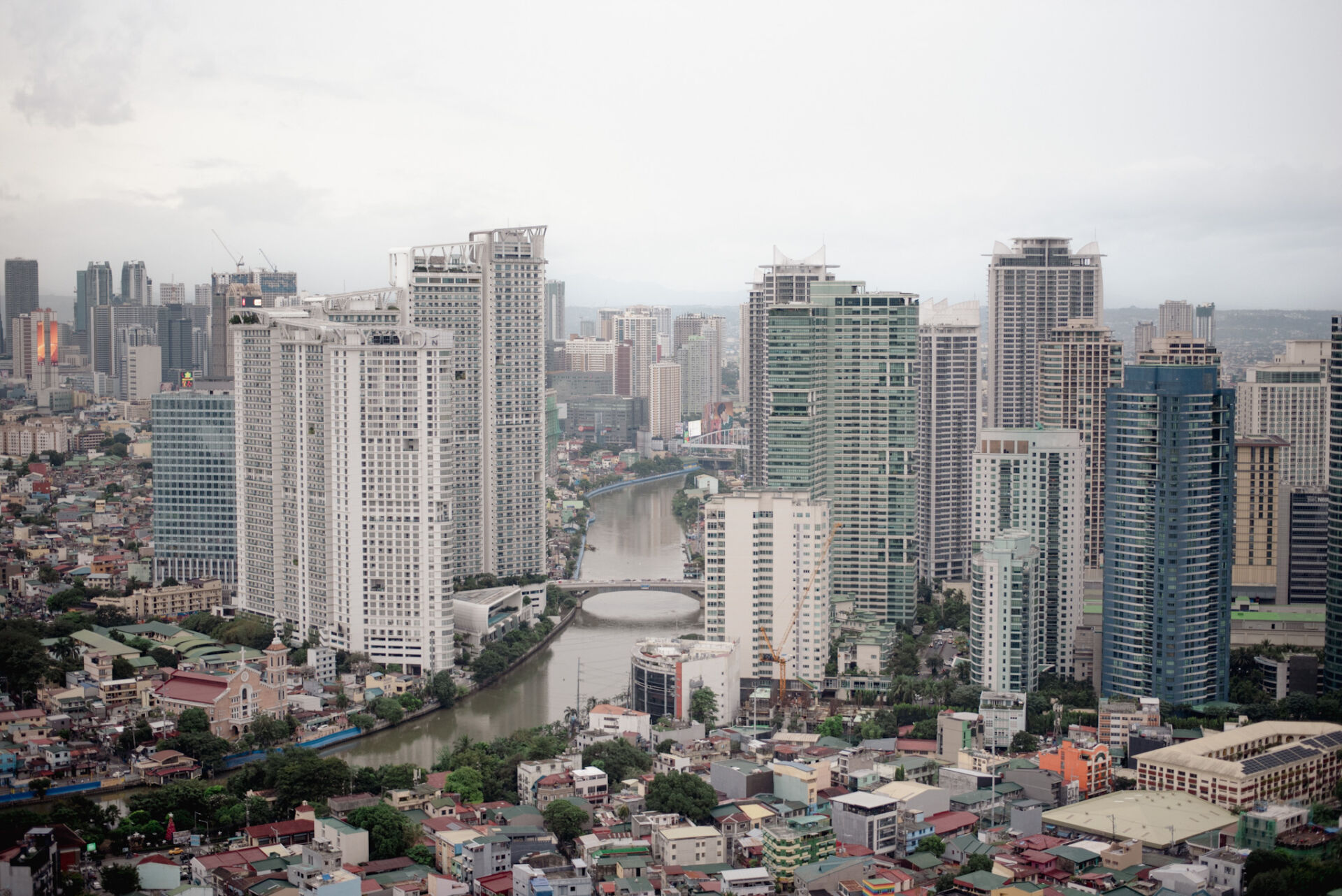
What to do in Manila:
Practical Guide to Discovering the Capital of the Philippines
This page will be updated as I make new discoveries and visit Manila.
As you may have seen or guessed, I am originally from the Philippines. As a child, I spent my summers here with my family, and in 2011, I had the chance to live here for almost two years. Since then, I make it a point to return every year. I love my country, I constantly feel the need to come back; it just feels like home! Over the years, I’ve seen Manila and its islands evolve and develop at an impressive pace, especially in the capital where things are always changing.
To plan your trip, head to this page: In this article, I share all my recommendations based on my experiences: must-do activities, recommended accommodations, food spots, and much more.
Before you go further, if you’re traveling around the Philippines, you can check out the itineraries and recommendations I share for other paradise destinations in the Philippines!
WHAT YOU NEED TO KNOW / PRACTICAL INFORMATION
-
IDEAL PERIOD
The best time to enjoy the Philippines is during the dry season, which runs from January to June.
The hottest months are between March and May, perfect for exploring the paradisiacal beaches and islands.
From July to December, it's the rainy season. Although there are storms and floods, temperatures remain high, and it's still possible to travel across the country. However, some activities may be limited due to the weather.
It's also typhoon season, particularly from July to October, a period to consider if you plan to travel. Having lived in the Philippines and made several trips, I recommend visiting the country between February and May: optimal weather, less rain, and stunning landscapes under the radiant sun. -
FLIGHT TICKETS
Prices for flights to the Philippines can range from €600 to €1300, depending on the season and your flexibility. By booking in advance and being flexible with dates, you can find fares around €650. Be aware that July, August, and December are typically the most expensive months due to peak tourist season and school holidays.
To maximize your chances of finding a good price, consider:
- Setting up an alert on Google Flights to monitor fare fluctuations and book at the right time.
- Checking offers in incognito mode or using flight comparison websites.
The airlines I recommend and have mostly tested (except Turkish Airlines) are: Turkish Airlines, Qatar Airways, Emirates, Etihad Airways, Singapore Airlines, and China Southern.
Bonus tip: Avoid last-minute bookings, especially during high season, and check the baggage conditions included in the fare to avoid additional fees. -
LANGUAGE
The official language is Tagalog. Most Filipinos speak English, as it is the country's second language. Each region also has its own dialect. -
CURRENCY
The Philippine Peso! It is highly recommended to have local cash, especially if you plan to visit areas outside the capital or islands. Small shops, markets, and some establishments often do not accept credit cards. Additionally, they will frequently ask if you have the exact change or smaller bills. -
TRANSPORT
Manila offers several transport options:
- Jeepneys: Affordable and typical, but often crowded.
- Tricycles: Generally available in small neighborhoods for short distances.
- MRT (Metro): Fast but very crowded during peak hours.
- Taxis: Prefer metered taxis (always ask for the meter) and avoid black taxis, as they are more expensive.
- Grab: My recommendation! A reliable and convenient alternative to Uber, with fixed and transparent fares.
Tips: Plan your travels outside of peak hours to avoid getting stuck in endless traffic jams. Some taxis may refuse rides or charge excessive rates. -
FOOD SAFETY
Outside of Manila, avoid drinking tap water, even though it may be safe in some areas. Always opt for bottled water, including at restaurants, as a precaution. Try local dishes, but be cautious with food habits to avoid digestive issues. A good tip: prepare your stomach by taking probiotics before your trip! -
CULTURE AND CUSTOMS
Filipinos are known for their hospitality. It is common in the Philippines to use the greeting "Po" to show respect. For example, to say thank you, you say "Salamat" or "Salamat po. -
Wi-Fi AND CONNECTIVITY
In major cities, Wi-Fi is easily accessible in malls, restaurants, and sometimes even on the street. To stay connected everywhere, purchase a local SIM card from Globe or Smart. You can find them at the airport, in operator shops, or opt for an eSIM online.
WHERE TO SLEEP IN MANILA?
Finding suitable accommodation in Manila can be quite a challenge, just like in many other parts of the Philippines. There’s really no middle ground here, and accommodations are expensive compared to what you might find in other Asian countries like Thailand or Bali—the value for money often leaves much to be desired. You’ll typically have two extremes to choose from:
- High-end/Luxury: If you have a comfortable budget, there’s no shortage of luxury hotels. You’ll enjoy impeccable comfort and services offered by prestigious brands like Grand Hyatt, Marriott, W Hotel, or Shangri-La. However, expect to pay at least €220 per night.
- Budget Options: For smaller budgets, budget accommodations are often disappointing, with low standards of cleanliness and comfort.
The perfect alternative? Airbnb in condominiums.
Opting for an Airbnb in a condominium is an excellent compromise. You get the security and services of a hotel (pool, gym, sometimes even 24/7 reception), while enjoying the comfort and privacy of a private home. However, make sure to carefully read the reviews to avoid any unpleasant surprises. This option is often much more affordable and offers excellent value for money, especially if you stay for several days.
Gramercy Residences
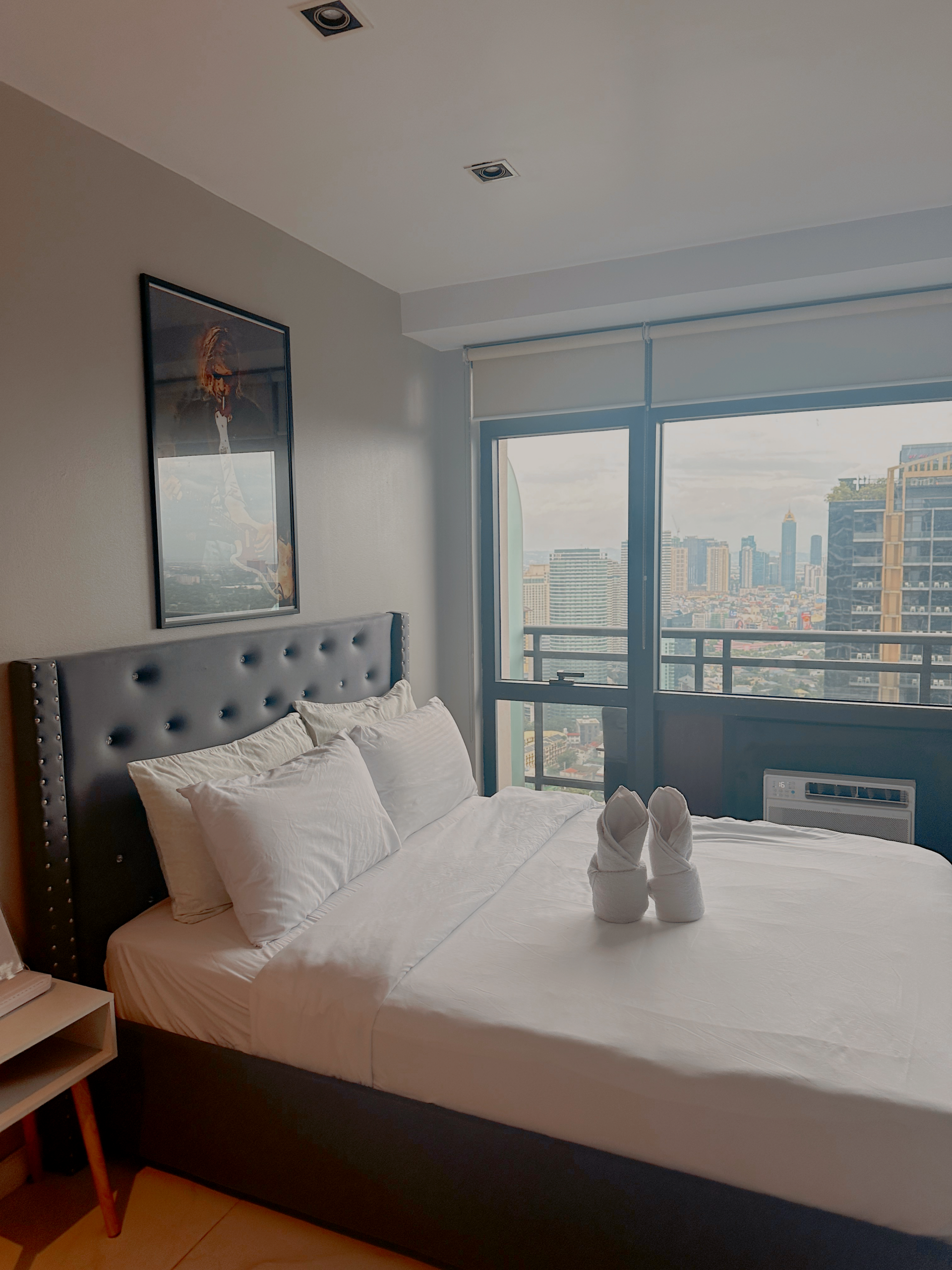
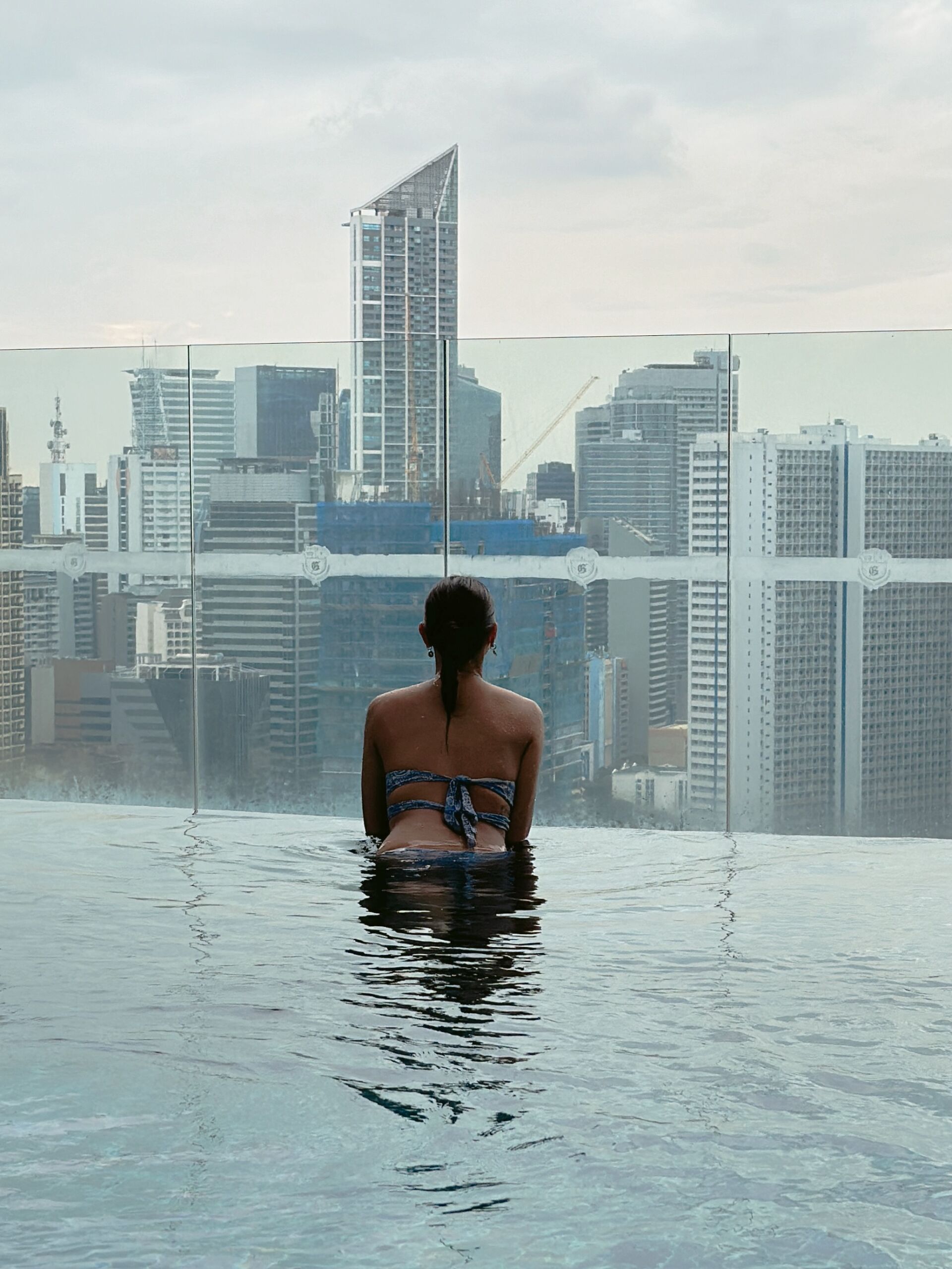
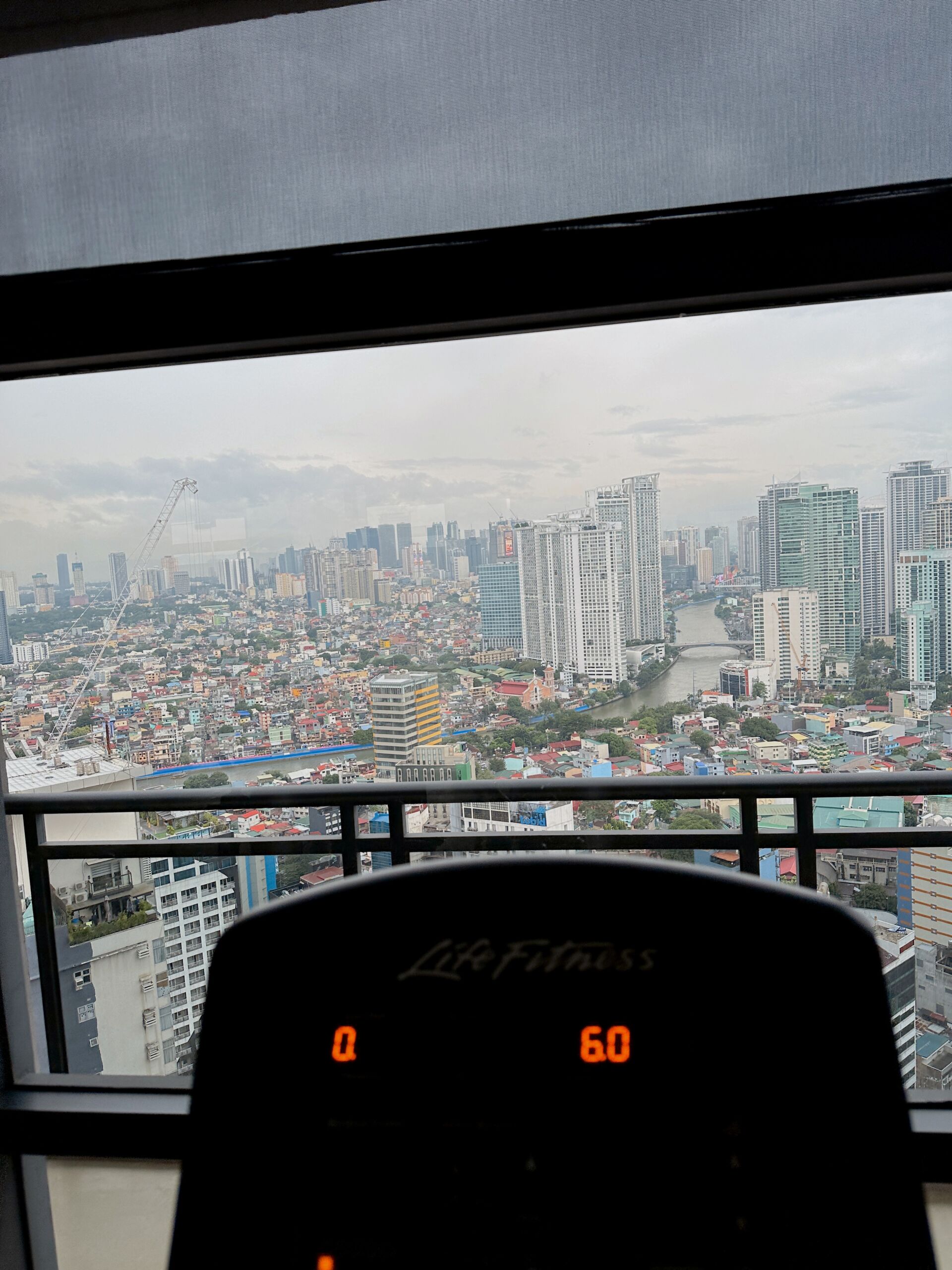
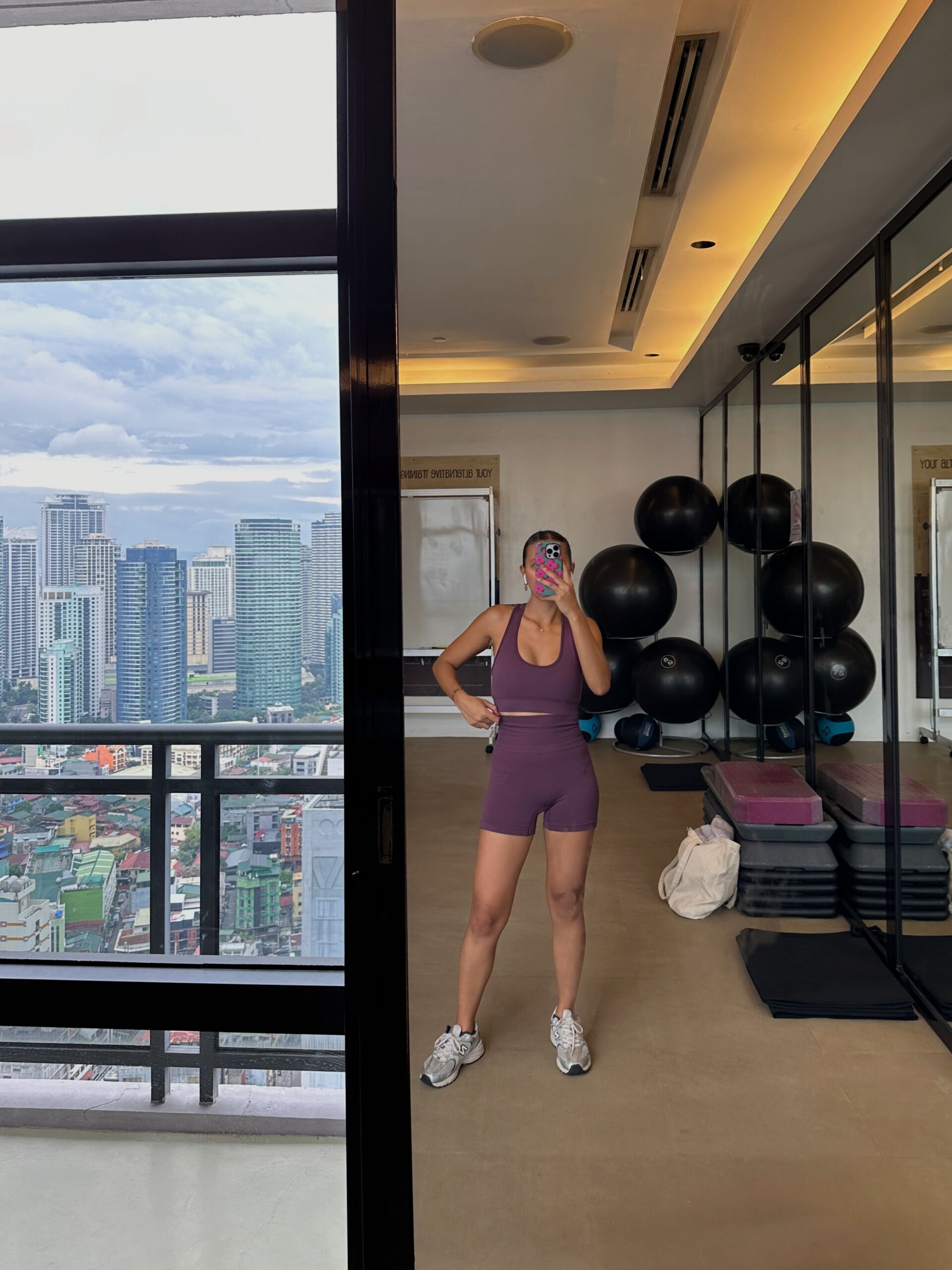
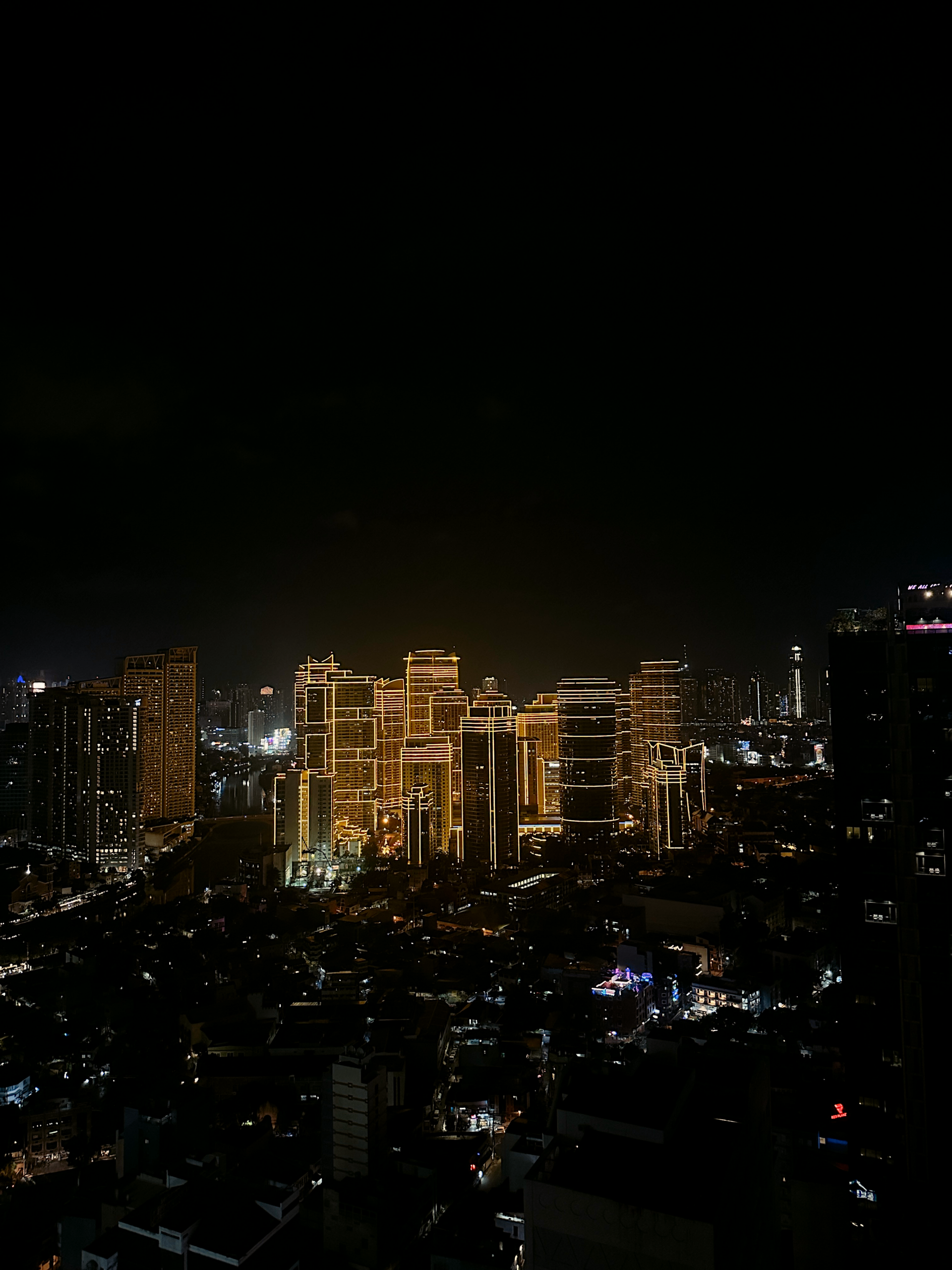
Manila is full of interesting options, but here are my favorite neighborhoods that I recommend:
→ Makati: The economic, vibrant, and cosmopolitan heart of the city.
→ BGC Taguig: Ultra-modern, chic, secure, with great places to visit.
→ McKinley: Quieter, perfect for those seeking a peaceful environment.
These neighborhoods are ideally located to explore Manila and its surroundings.
They are close to major tourist spots like Manila Bay and Ninoy Aquino International Airport, making them very convenient if you’re on a short stay or a quick stopover before heading to the Philippines’ paradise islands.
Additionally, these areas offer easy access to major bus stations, perfect for continuing your journey to must-visit destinations in northern Philippines, such as the famous Banaue Rice Terraces, the cool and cultural city of Baguio, or the charming Vigan City, a UNESCO World Heritage site.
PLACES I RECOMMEND 😴
1. Gramercy Residences €€
+++: The pool, the modern gym, and an amazing view of the city.
-: The check-in process is quite long with a lot of unnecessary paperwork, which can be annoying, especially after a long journey.
2. The Belamy House €€
+++: Excellent value for money, a 5-story building in the heart of Makati, with a rooftop pool offering a 360° panoramic view.
-: No negative points to report for this hotel.
The Belamy House
WHAT TO DO IN MANILA?
THE 10 THINGS TO DO IN MANILA ACCORDING TO ME
1. Discover the Old City of Intramuros
Intramuros, Manila’s historic walled city. Wander through its cobblestone streets, explore Fort Santiago, the Manila Cathedral, and the impressive San Agustin Church, a UNESCO World Heritage site. It’s a true step back in time revealing the Spanish heritage of the Philippines.
2. Admire the Sunset at Manila Bay
Head to the Manila Bay promenade for one of the most beautiful sunsets. It’s the perfect atmosphere for a romantic stroll or a moment of relaxation by the water. Don’t miss the nearby Mall of Asia for shopping or a meal with a view of the bay. If I can recommend an oceanfront hotel, it’s Okada Manila.
3. Shopping in Makati
For shopping, Makati is a must! Explore the SM, Glorietta, Landmark malls, and especially Greenbelt (my favorite). These four malls are interconnected, so you can easily hop from one to another without stepping outside. Spend a day (or more) indulging in a modern and air-conditioned environment!
4. Walk Around Little Venice
Visit the Little Venice neighborhood for a quick taste of Venetian ambiance. I say quick because don’t expect endless canals or a long gondola ride.
5. Explore Chinatown in Binondo
Dive into the unique atmosphere of Binondo’s Chinatown, which I believe is the oldest in the world. Savor authentic Chinese cuisine and explore the bustling alleys. However, keep an eye on your belongings as the area can be crowded and pickpockets are common.
6. Stroll from High Street to Uptown Mall (Taguig)
For a modern urban vibe with a hint of New York, stroll from High Street to Uptown Mall in Taguig. It’s perfect for shopping, wandering, and enjoying a cosmopolitan atmosphere.
7. Relax and Enjoy a Massage
After a long journey, why not unwind with a relaxing massage? Here are two places I recommend:
- The Spa, Kerry Sports at Shangri-La BGC (Taguig): A 5-star experience with half-price massages from Monday to Thursday between 1pm and 4pm, sauna access included.
- Thai Boran in Makati: An aromatherapy massage for just 700 PHP (around €12). Ultimate relaxation at a budget-friendly price.
8. Beauty Before Heading to Paradise Beaches
If, like me, you enjoy getting a beautiful manicure and pedicure before heading to explore the paradise islands, visit Nail Tropics in Makati at Century Mall.
9. Salcedo Village Market
Every Saturday from 7am to 2pm, the Salcedo Village Market in Makati is a must-visit. You’ll find fresh produce, local dishes, and a friendly atmosphere, perfect for starting the weekend.
10. Eat, Eat, Eat!
Manila has restaurants everywhere, and in the Philippines, meals know no time! Whether in malls, food courts, or even on every street corner, the options are endless. There’s so much to choose from that it’s hard to know where to start! Personally, I usually stay in Manila for two days, on my arrival and departure, and every time, I feel it’s too short. Everything looks tempting – from irresistible local dishes to international flavors and street snacks, it’s impossible not to give in to temptation.
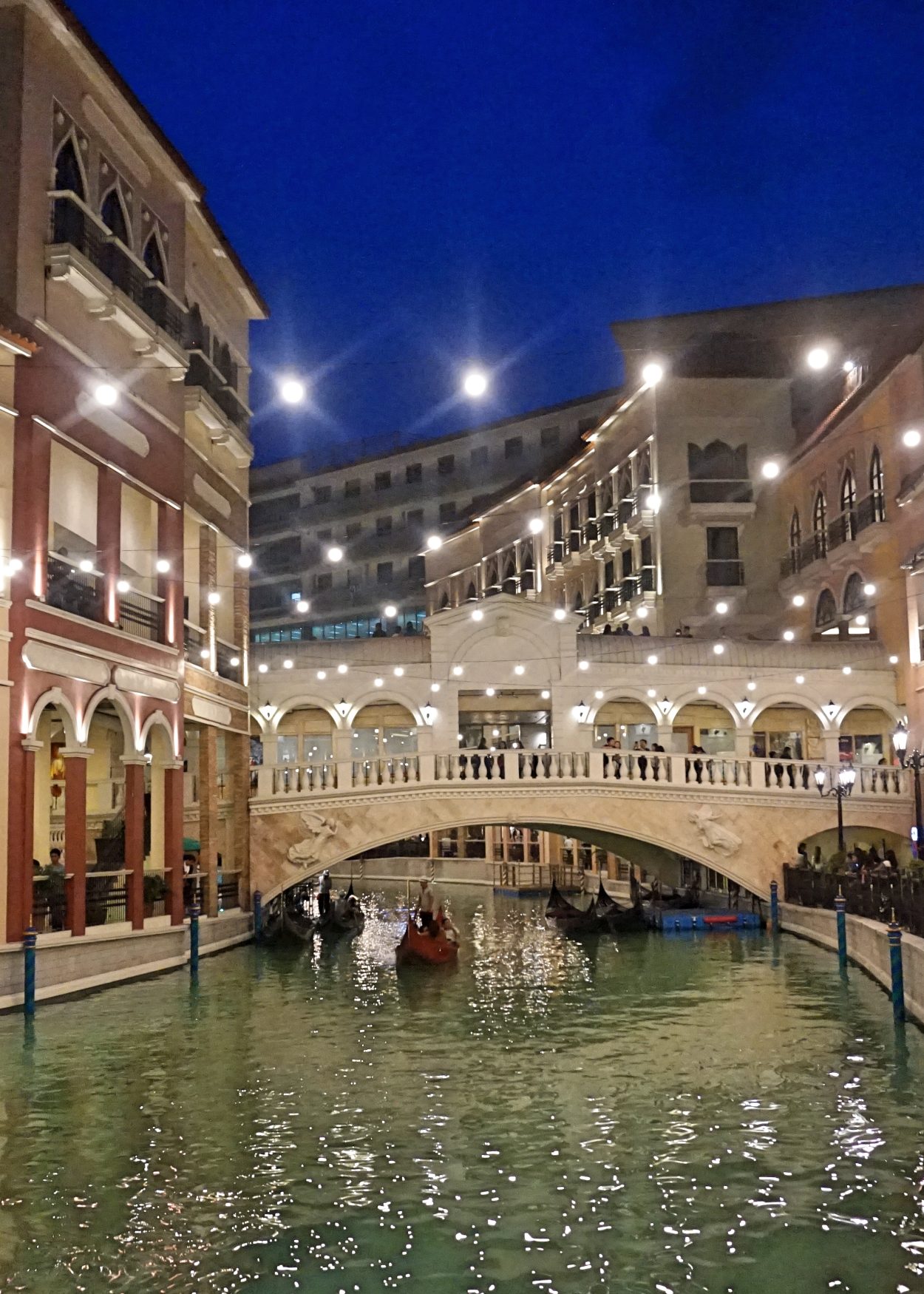
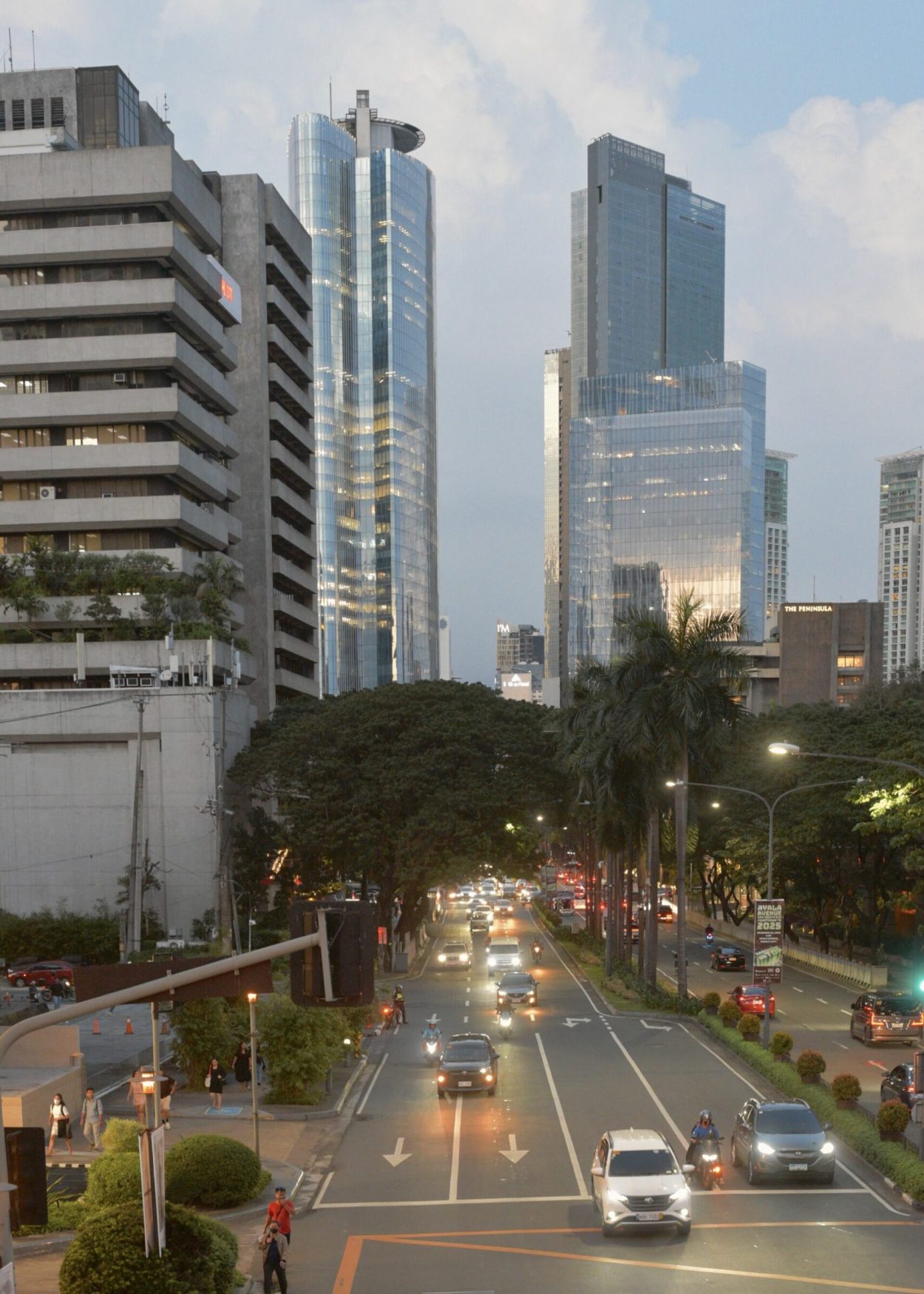
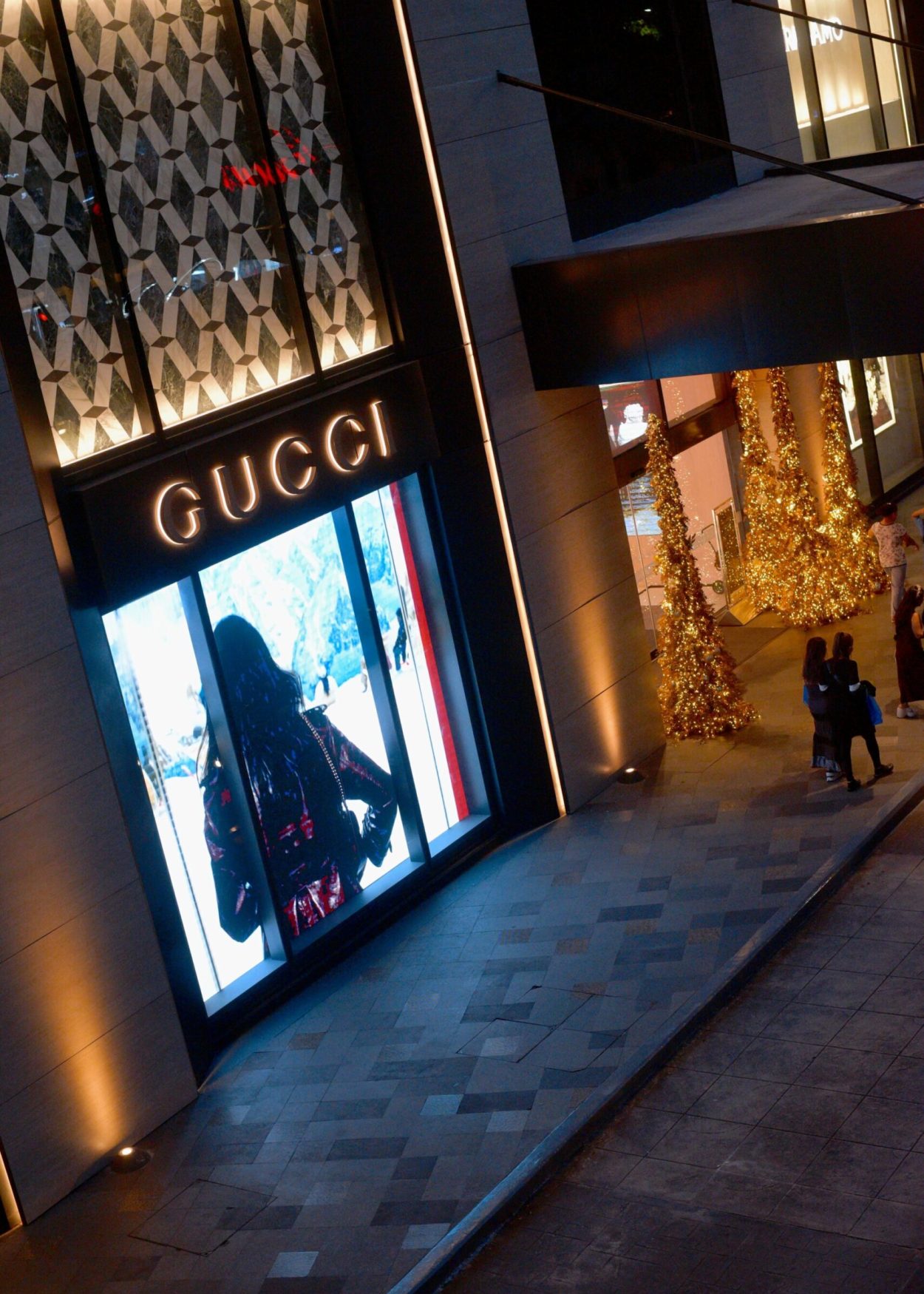
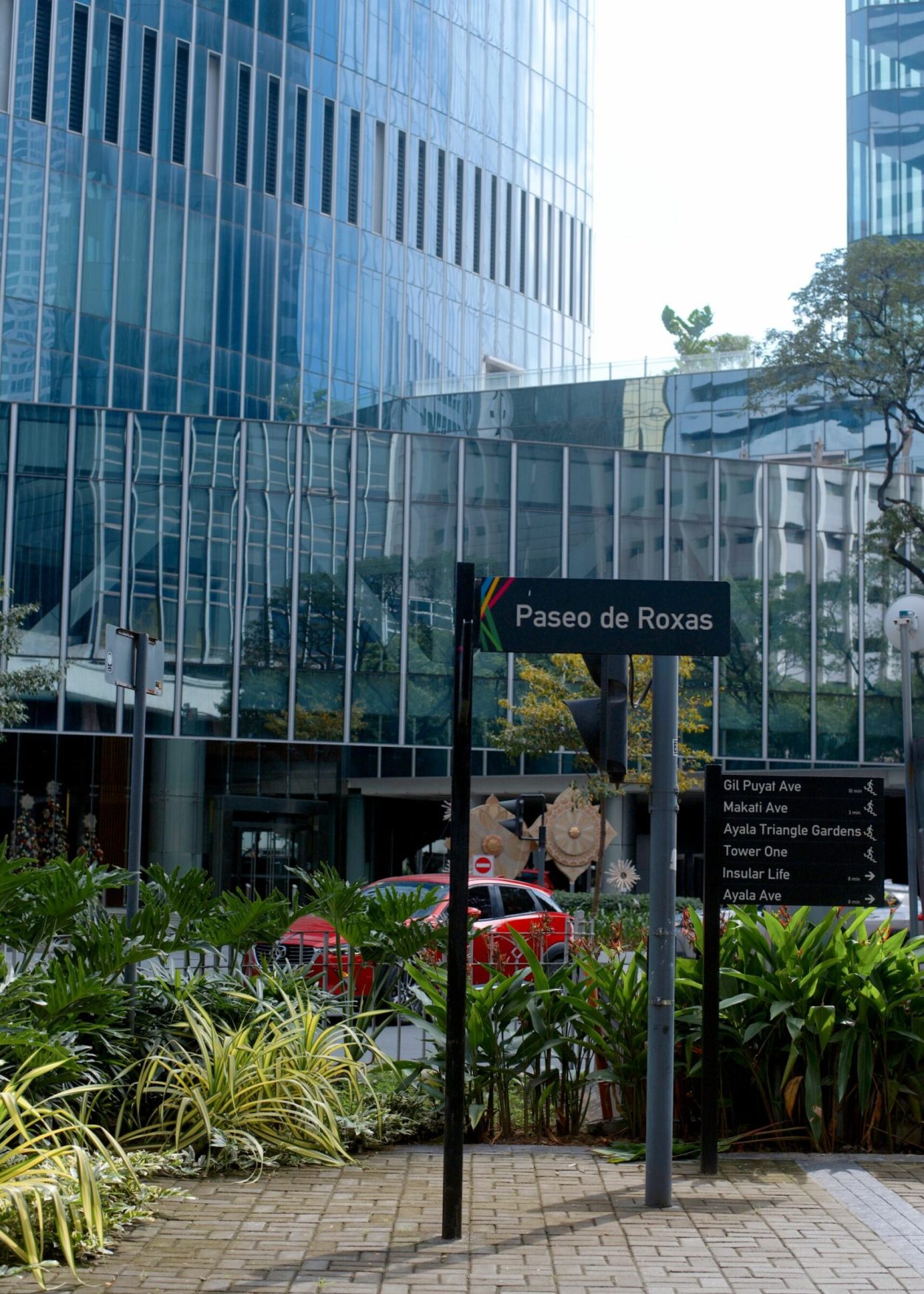
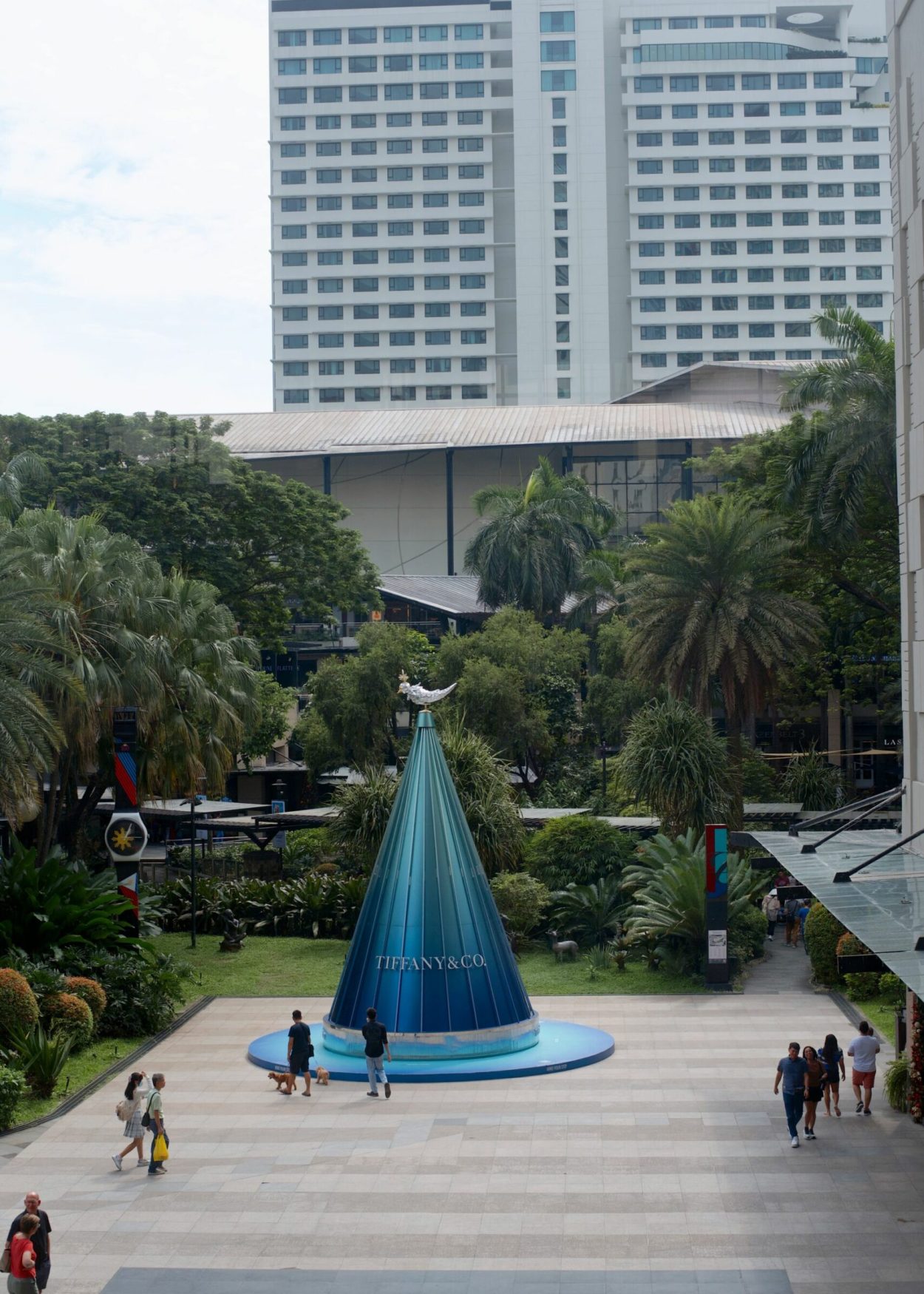
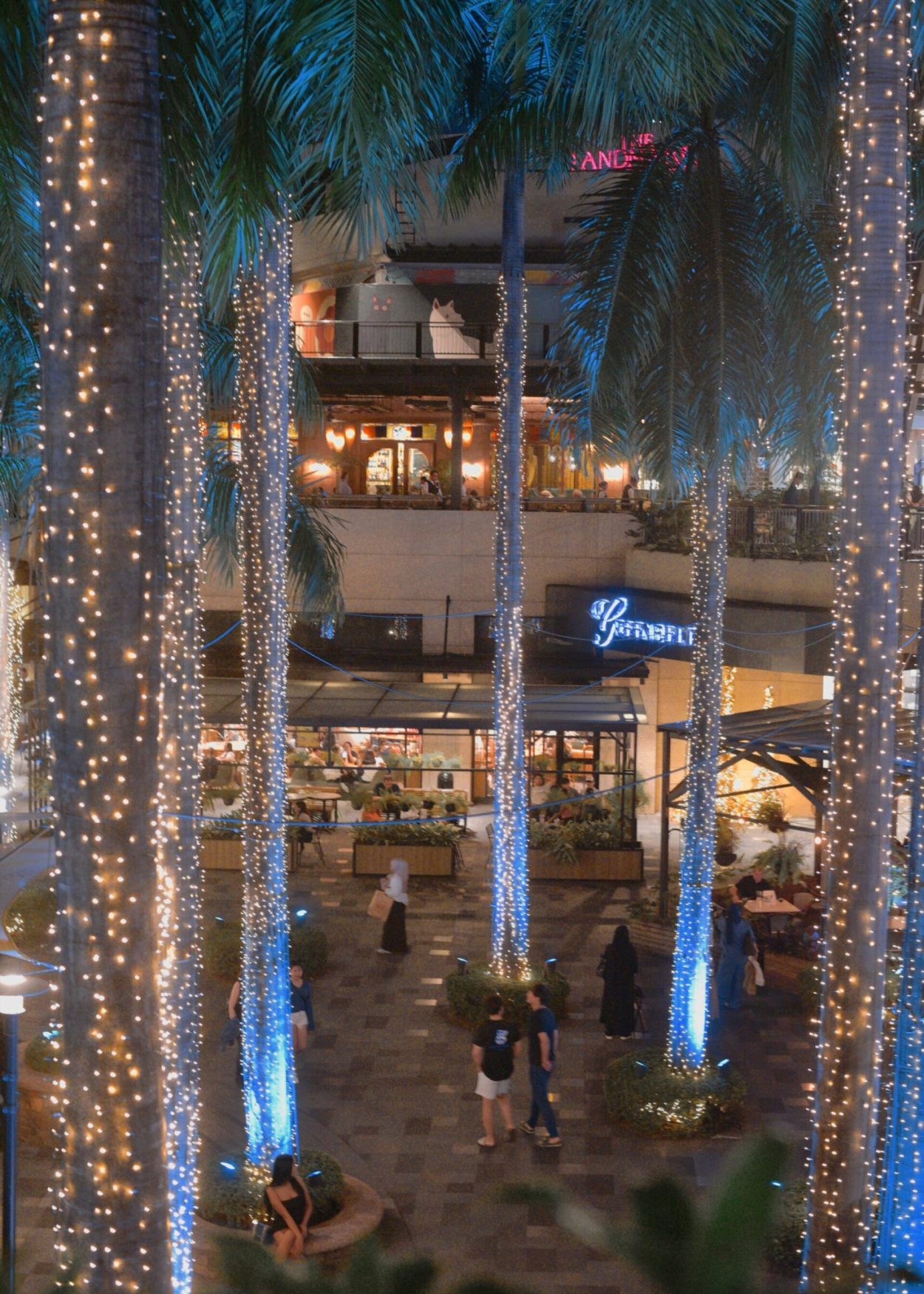
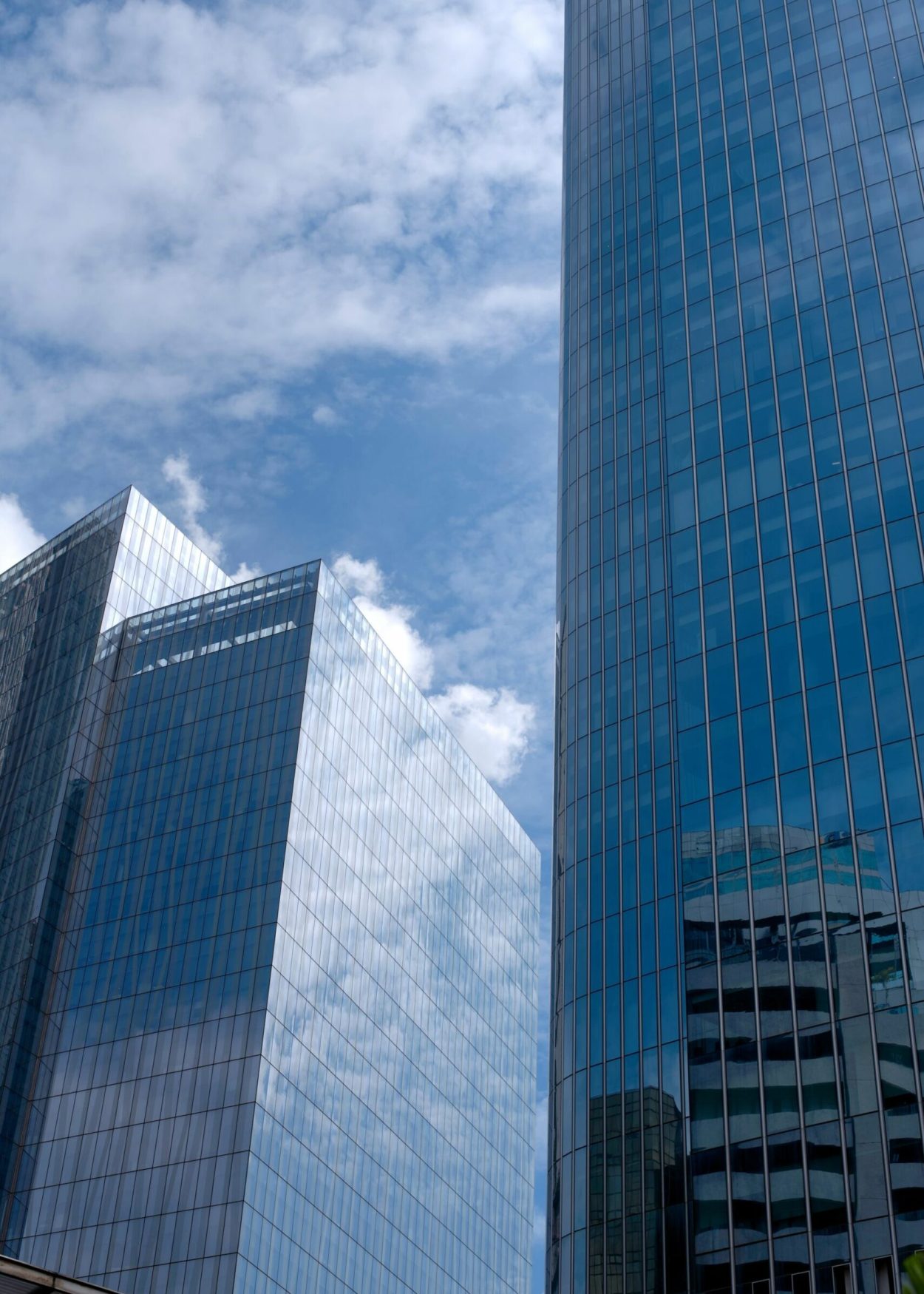
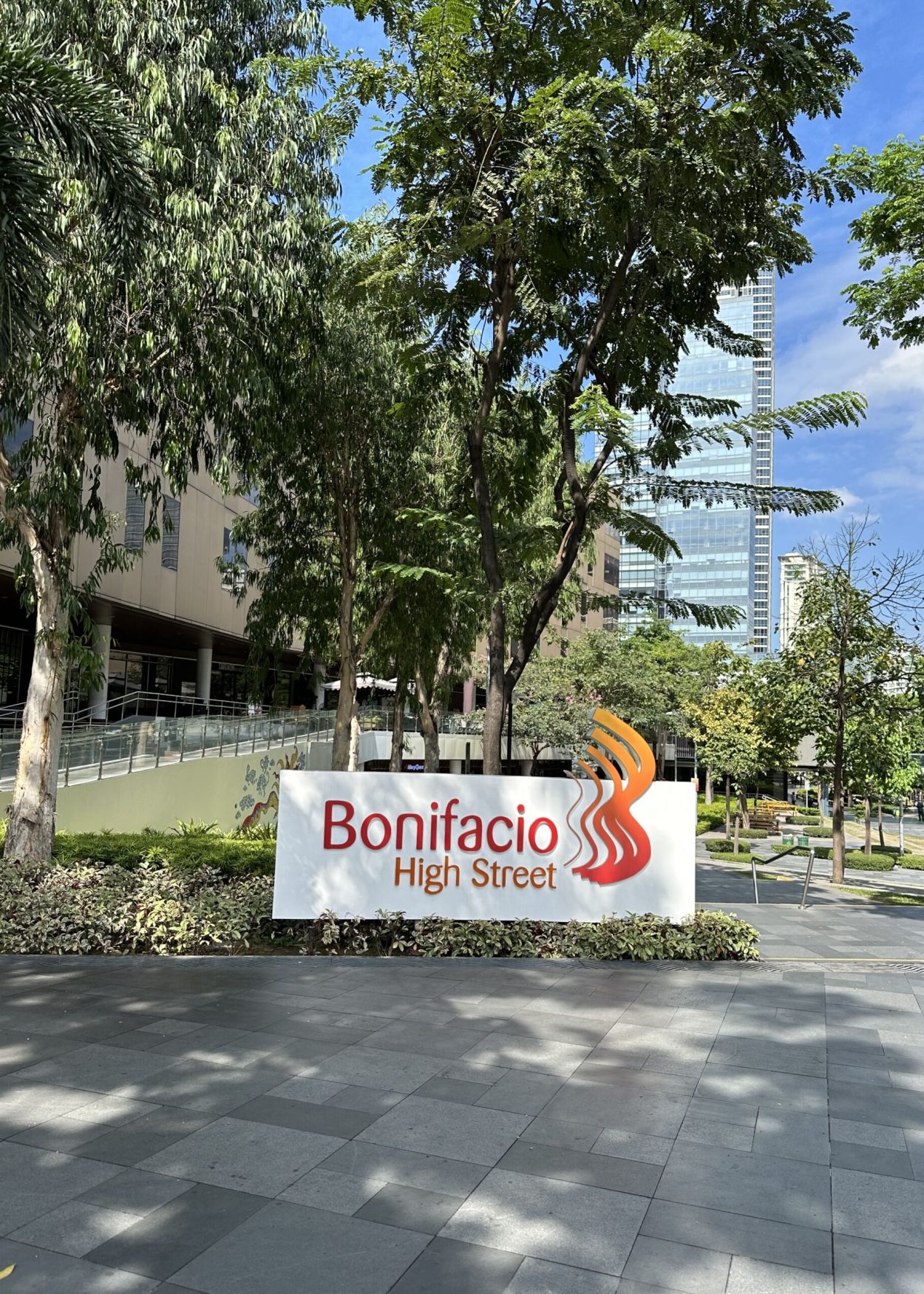
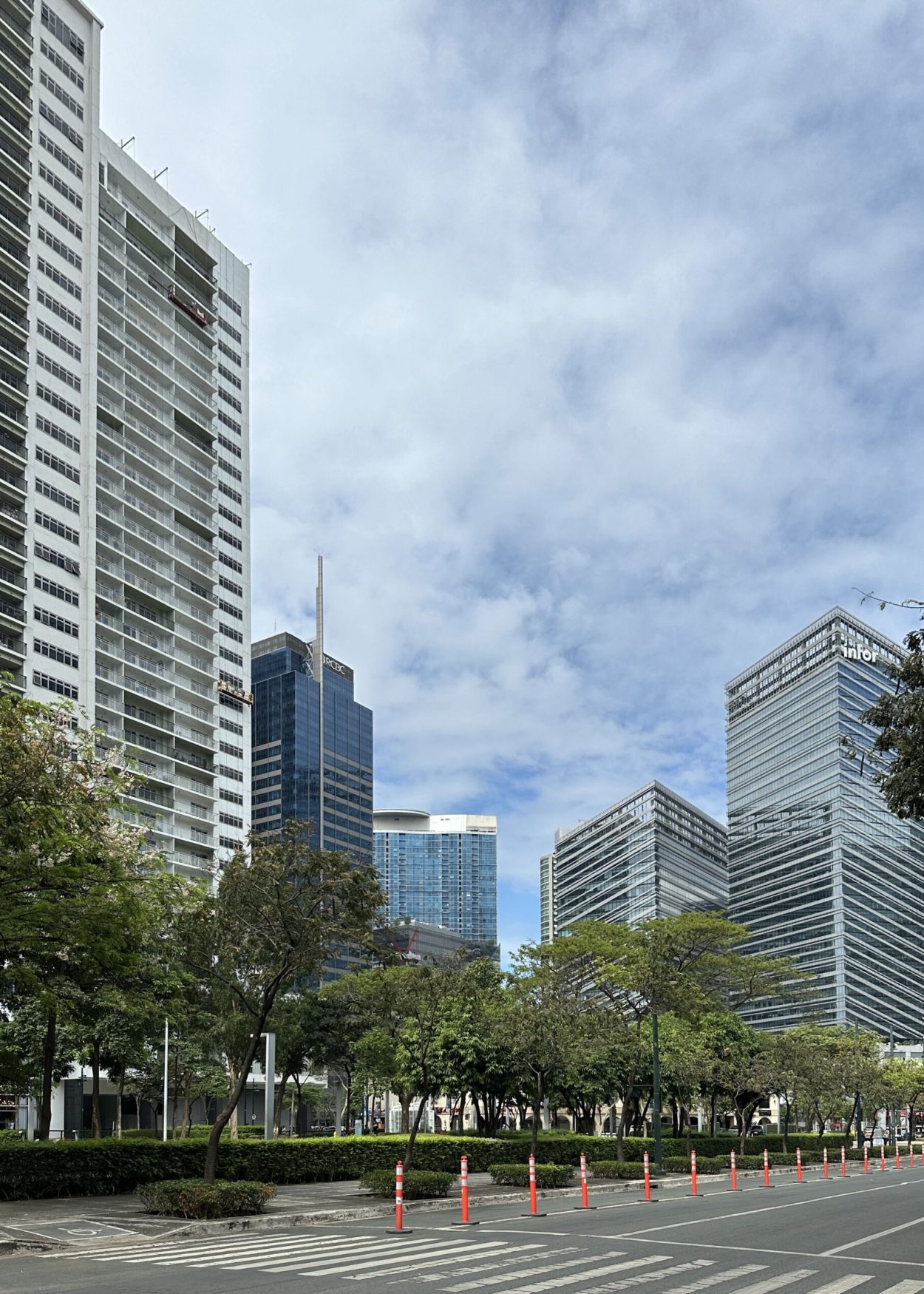
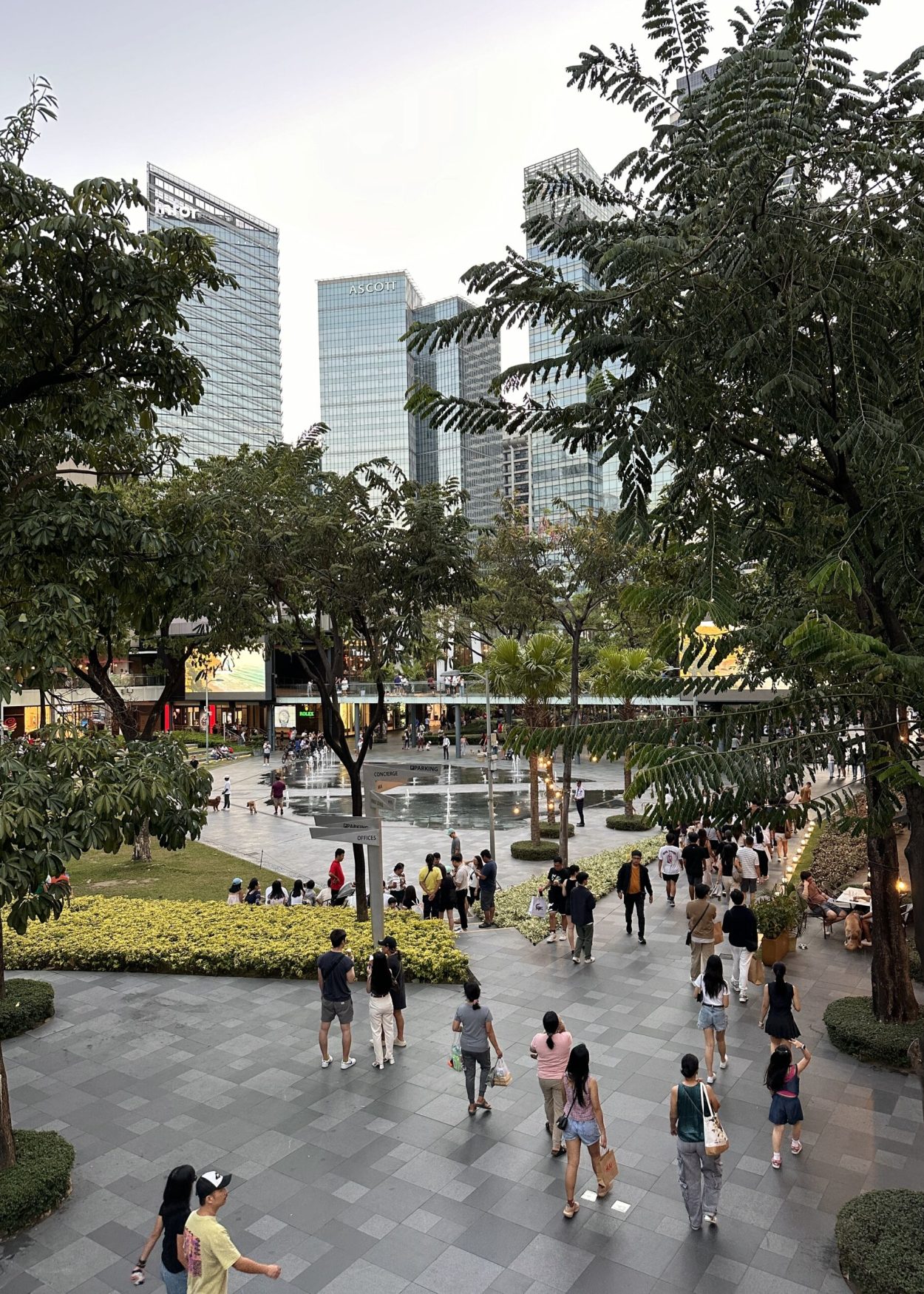
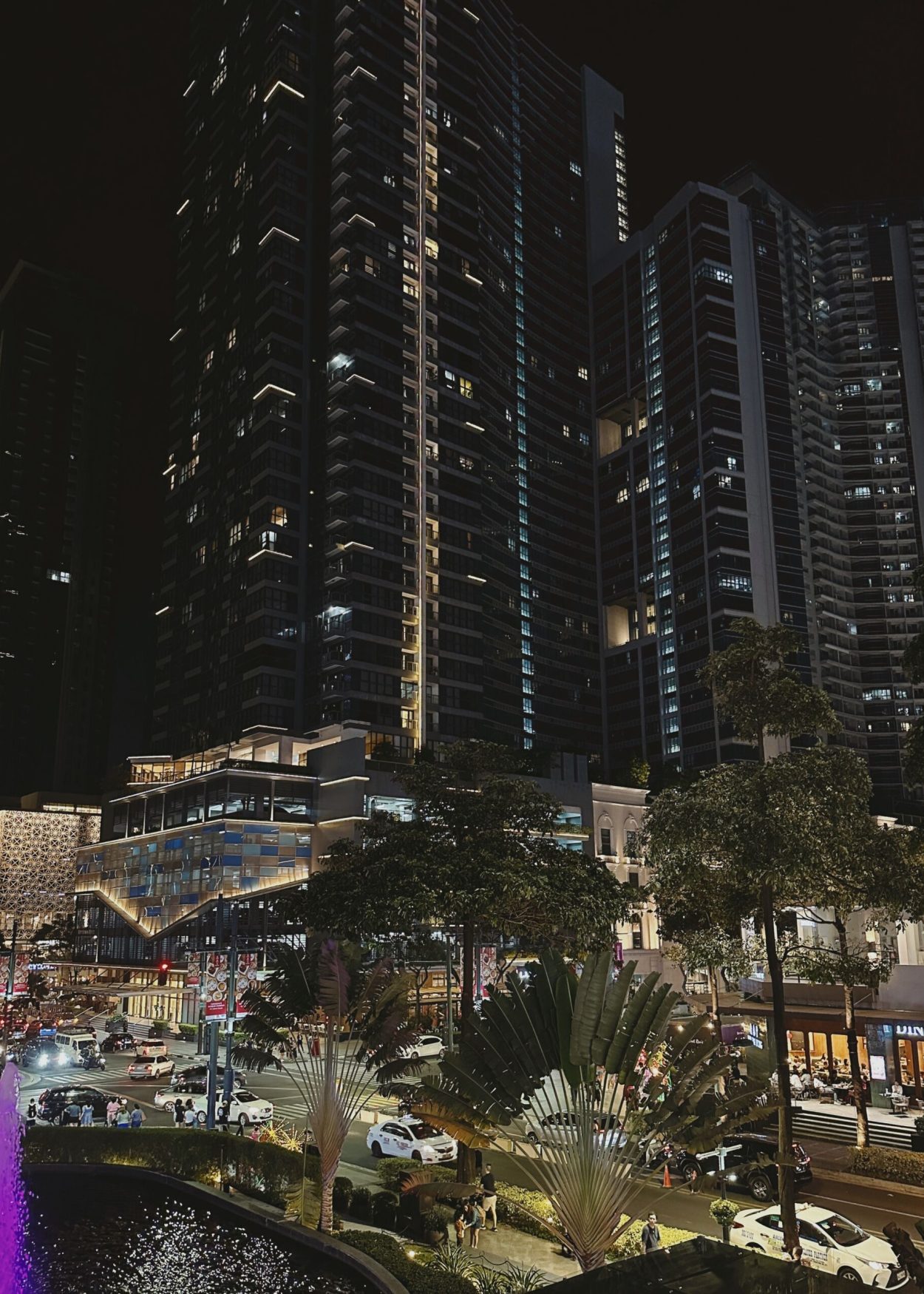
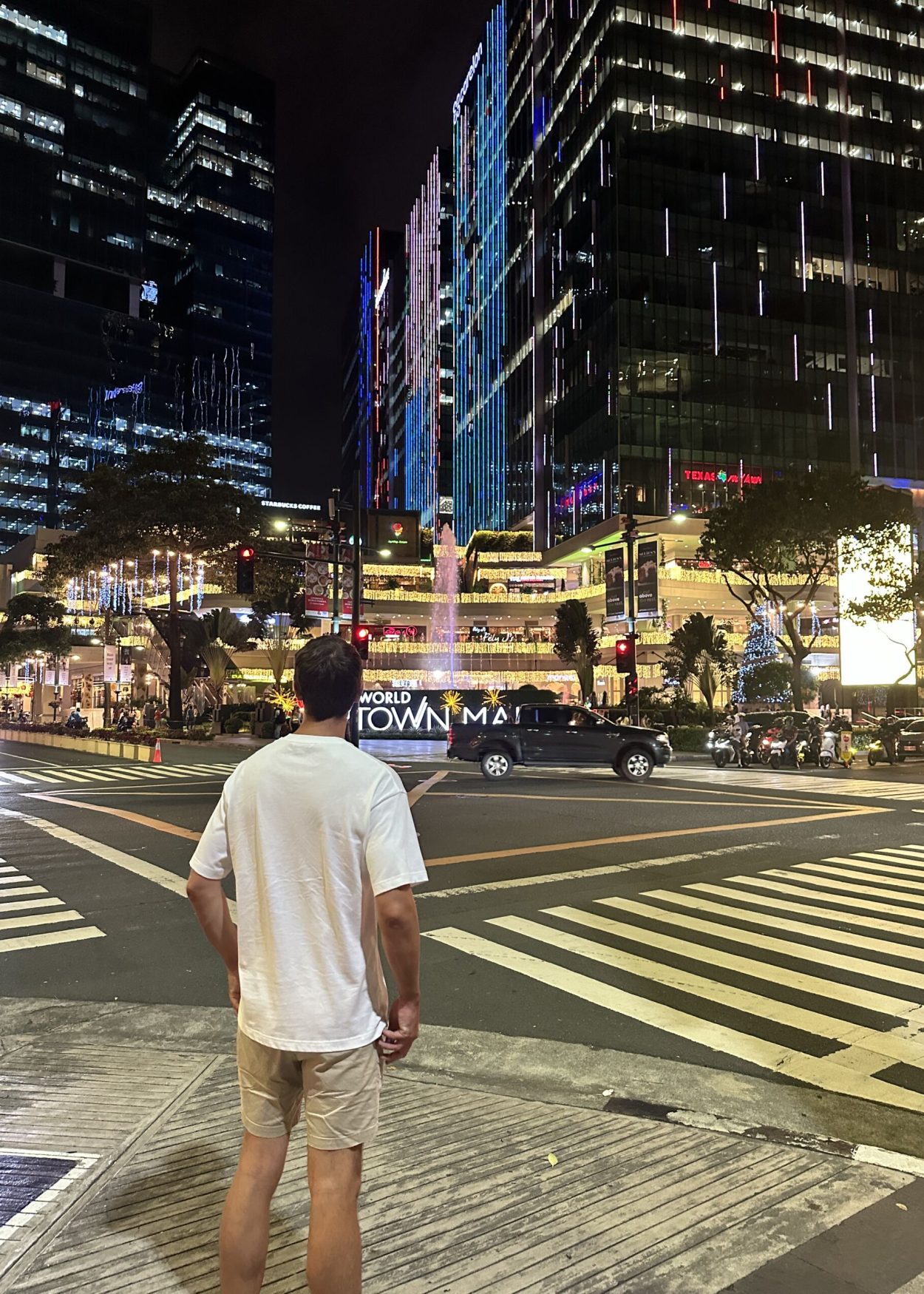
WHERE TO EAT IN MANILA?
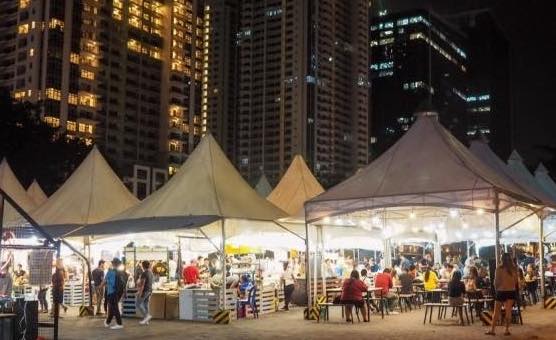
Must-Try Restaurants in Manila 😋
→ Din Tai Fung (Taiwanese)
→ Manam (Filipino)
→ Mesa (Filipino)
→ Simply Thaï (Thaï food)
→ El Corazon (Hispano/Filipino)
→ Tim Ho Wan (the best Dim Sum)
→ Mendokoro Ramenba (Japanese)
→ Mercato Centrale (street food market)
→ Soru Izakaya (Sushis)
→ Hanamaruken (japanese)
→ Tartufo ristorante (italian)
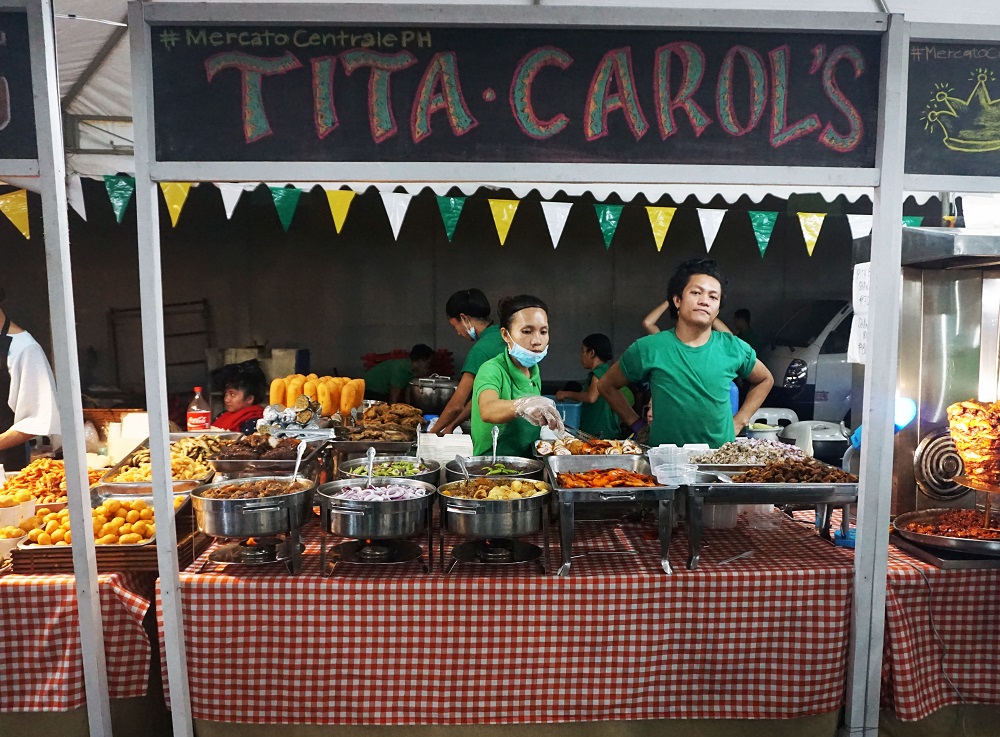
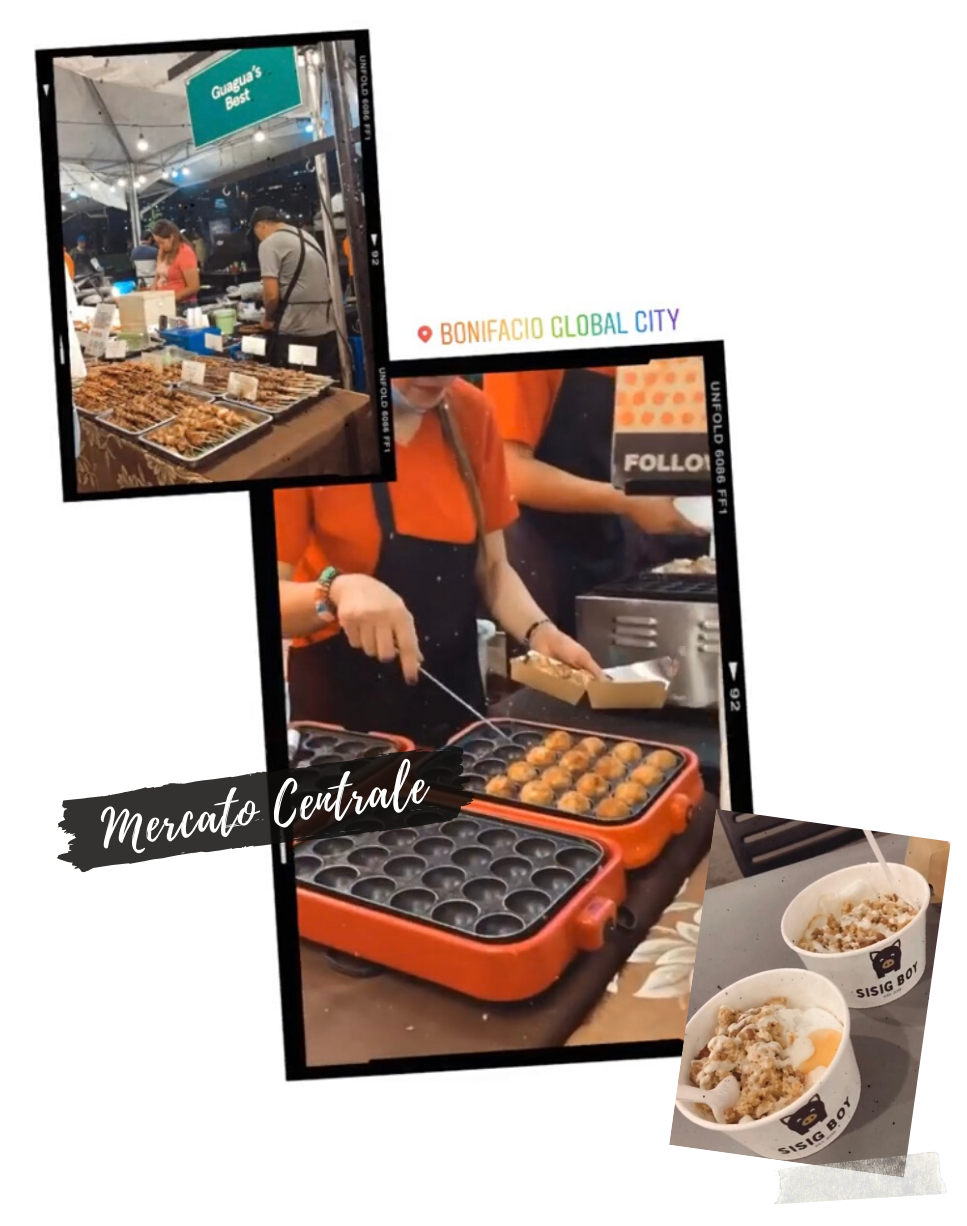
WHERE TO HANG OUT IN MANILA?
BARS & CLUBS 🎉
INBGC TAGUIG :
→ Dr. Wine BGC
→ Yes please
→ Bank bar (Speakeasy bar)
→ Seda Rooftop
→ The Revel
→ The Palace
→ Barcino
IN MAKATI :
→ Antidote
→ Mistral
→ Black Market
→ Z Roof Deck (Z hostel)